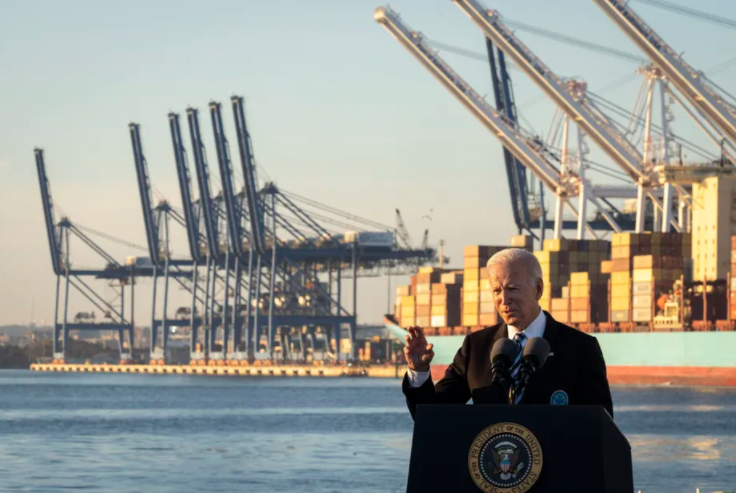
Now that President Joe Biden has signed the Infrastructure Investment and Jobs Act (also known as the bipartisan infrastructure framework, or BIF) into law, the federal government faces a new challenge: getting the funds out to states and cities.
In the coming months — and years — federal agencies will distribute billions of dollars for everything from bridge repairs to public transit expansions to bike paths. Most of this money will go directly to state governments, which will have significant discretion over which projects they’d like to fund.
The state officials who oversee most civilian infrastructure projects will soon face tough decisions about which communities will get this money. Because the bill doesn’t include enough funding to cover the entirety of the country’s infrastructure needs, states and other regional entities will have to decide which roads get repaired, which lead pipes get replaced, and which bridges get restored, a process that has in the past left certain low-income communities and communities of color with poor access to adequate infrastructure.
The bipartisan infrastructure bill is both historic and not nearly enough
Communities will begin receiving infrastructure funding in the course of the next year. Many programs that are being funded, like the Drinking Water State Revolving Fund or the Highway Safety Improvement Program, already exist, so officials can use established channels to distribute the money. Other initiatives, however, like a program to establish a national network of electric vehicle chargers, are newer and could take a year, or more, to set up.











